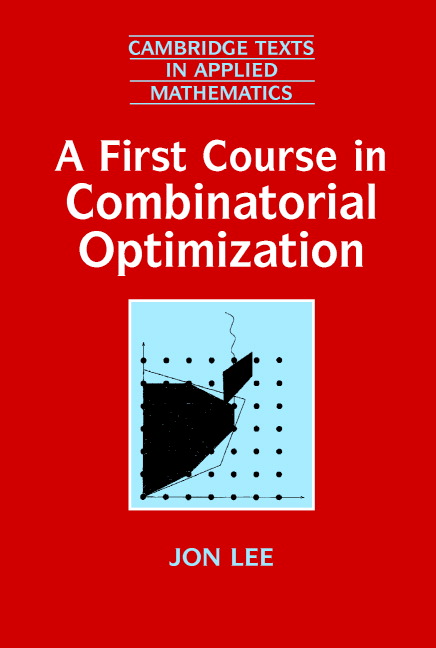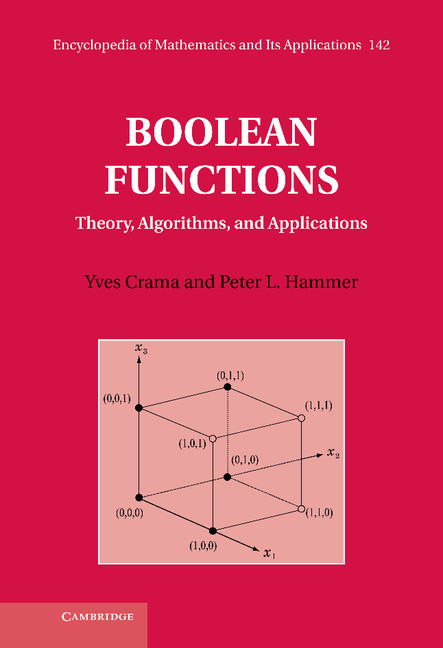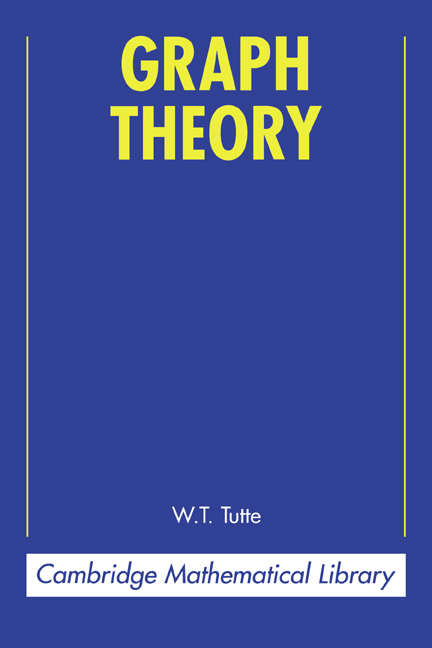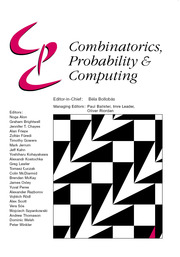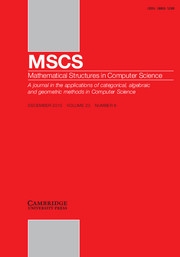A First Course in Combinatorial Optimization
Jon Lee focuses on key mathematical ideas leading to useful models and algorithms, rather than on data structures and implementation details, in this introductory graduate-level text for students of operations research, mathematics, and computer science. The viewpoint is polyhedral, and Lee also uses matroids as a unifying idea. Topics include linear and integer programming, polytopes, matroids and matroid optimization, shortest paths, and network flows. Problems and exercises are included throughout as well as references for further study.
- Self contained (includes all linear-programming preliminaries)
- Aimed as a one-semester textbook (not a research monograph)
- Problems and exercises interspersed in the exposition, making the text a 'workbook' for the student
Reviews & endorsements
"Lee strikes a perfect balance between the specific and the general, between the concrete and the abstract."
CHOICE
The author, with his light but rigorous mathematical writing style, takes delight in revealing the stars of combinatorial optimization. This is an excellent teaching book; I recommend it highly.
International Statistical Institute
"The book is attractively laid out on the page and there are lots of good diagrams. Algorithms are separated visually in special boxes and are easy to track down. There are plenty of problems (short proofs) and exercises (calculations) and they are well integrated with the text."
MAA Reviews, Bill Satzer
"Jon Lee's A First Course in Combinatorial Optimization is a brilliant introduction to the topic." - Ryan B. Hayward, University of Alberta
Product details
May 2006Adobe eBook Reader
9780511189678
0 pages
0kg
This ISBN is for an eBook version which is distributed on our behalf by a third party.
Table of Contents
- Introduction
- Polytopes and linear programming
- 1. Matroids and the greedy algorithm
- 2. Minimum-weight dipaths
- 3. Matroid intersection
- 4. Matching
- 5. Flows and cuts
- 6. Cutting planes
- 7. Branch-&-bound
- 8. Optimizing submodular functions
- Appendix.

